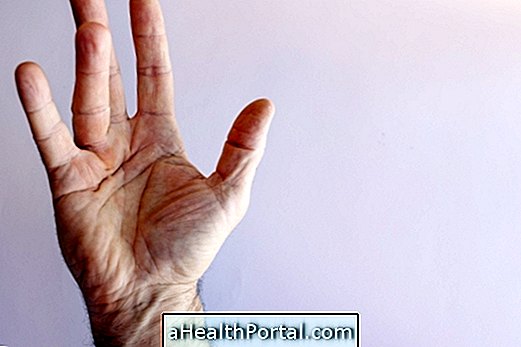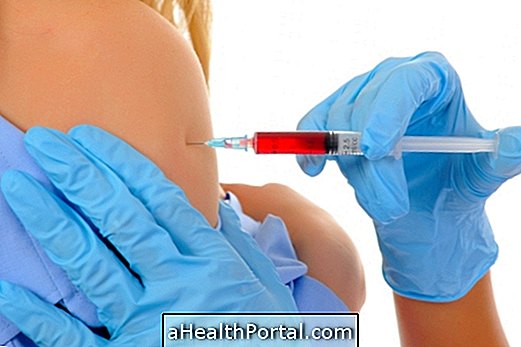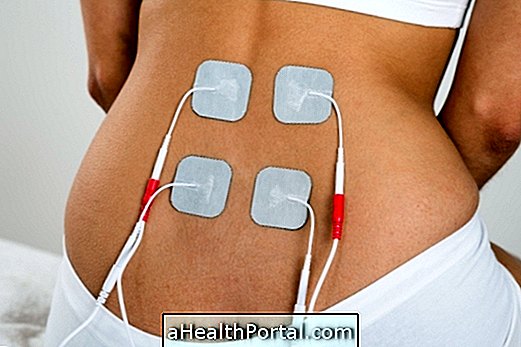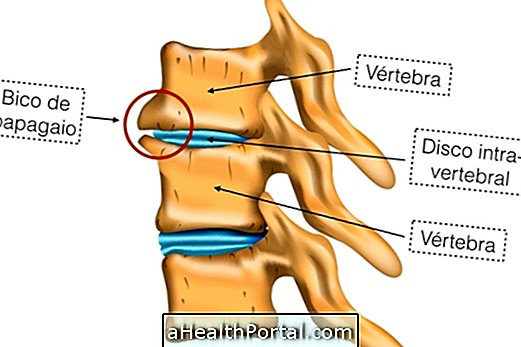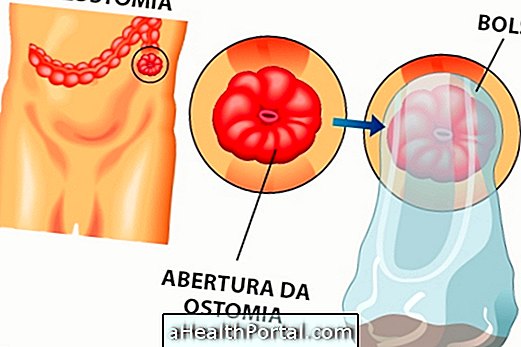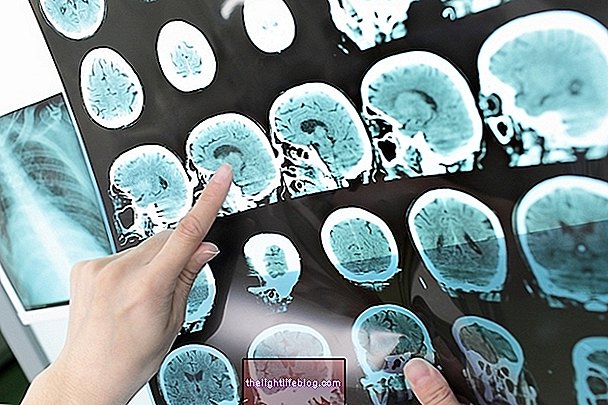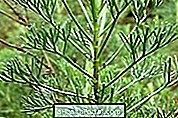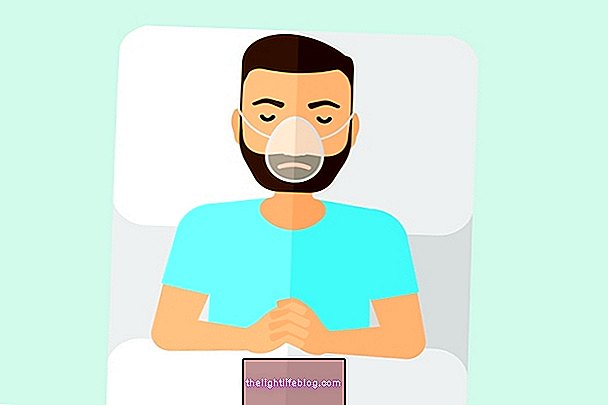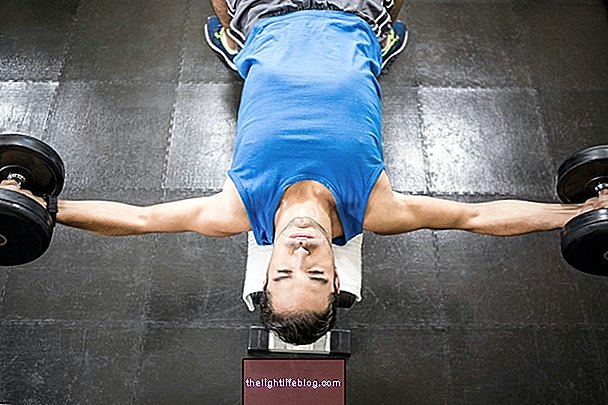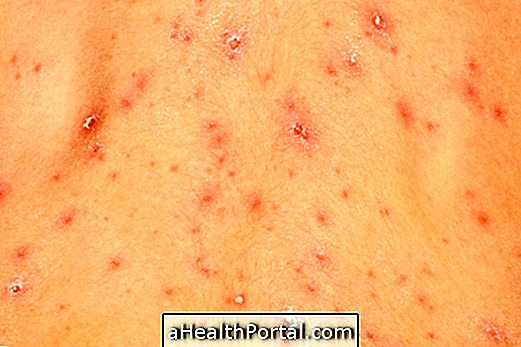Tendinosis corresponds to the process of degeneration of the tendon, which often happens as a consequence of a tendonitis that has not been properly treated. Despite this, tendinosis is not always related to an inflammatory process, it is up to the physician to identify tendinosis from diagnostic tests, such as ultrasound and resonance.
In tendonitis there is inflammation around the tendon, whereas in tendonosis the tendon itself is already weakened presenting areas of fluid accumulation and small areas of rupture that can lead to complete rupture of the tendon even with small efforts. See the symptoms of tendinitis.
Tendinosis is more common in affecting the supraspinous tendons, near the shoulders; knees; Achilles tendon, at the heel, and at the rotator cuff, also at the shoulder. Shoulder tendinosis usually occurs in athletes and in people who have to stand with their arms raised for a long time, as is the case with plastic artists and teachers, for example.
The treatment of tendinosis is done with the aim of regenerating the joint from the stimulus of collagen production, in addition to rest.

Main symptoms
The symptoms of tendinosis are the same as tendonitis, and include:
- Local pain;
- Muscle weakness;
- Difficulty in performing movements with the affected joint;
- Slight local swelling;
- Joint instability.
The diagnosis of tendinosis is made by magnetic resonance imaging, in which the process of tendon degradation can be observed.
Tendinosis is usually associated with chronicity of a tendinitis, which is mainly caused by repetitive movements. However, it can be a result of great muscular effort, leading to joint overload and directly compromising the tendon. Vascular involvement of the tendon itself and excessive use of the joint are also common causes of tendinosis.
How is the treatment done?
The treatment of tendinosis is done with the objective of stimulating the production of collagen and increasing the muscular force, allowing the regeneration of the tendon and diminishing the pain. In addition, the use of analgesics, to relieve pain, and several physical therapy sessions may be indicated to decrease inflammation. Anti-inflammatory drugs are not always indicated, because in some cases there is no associated inflammation, and its use is unnecessary. However, infiltrations with corticosteroids may be used.
To aid in the recovery of the tendon, it is important to rest the joint, avoid immobilizing the joint, perform stretches and kinesiotherapy exercises. In addition, one technique that has good results when used in the treatment of tendinosis is shock wave therapy, in which a device emits sound waves throughout the body to stimulate repair of various lesions and relieve inflammation. Understand how shockwave therapy is done.
The recovery time varies between 3 and 6 months, depending on the degree of degeneration of the tendon and whether the treatment is being performed as directed by the physician.
Also learn how to avoid tendinitis before there is progression to tendinosis in the following video:

